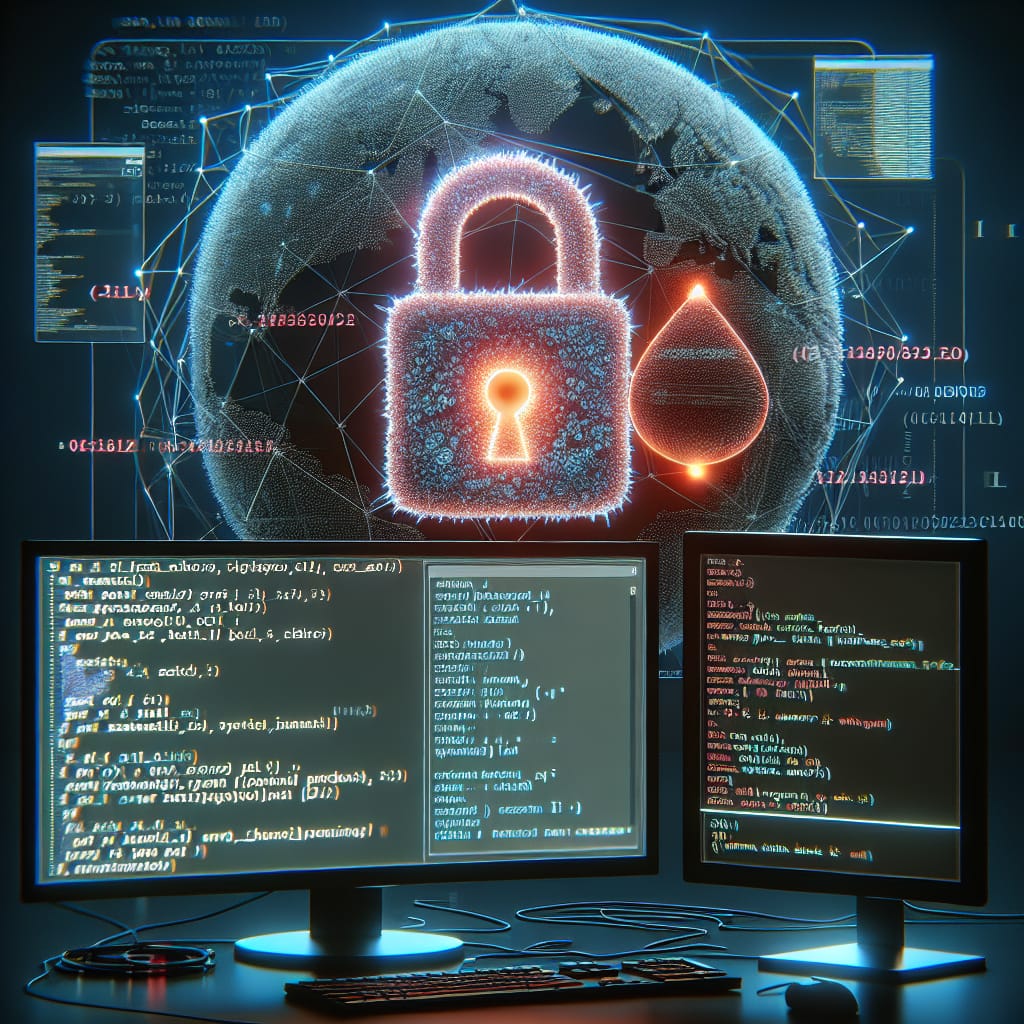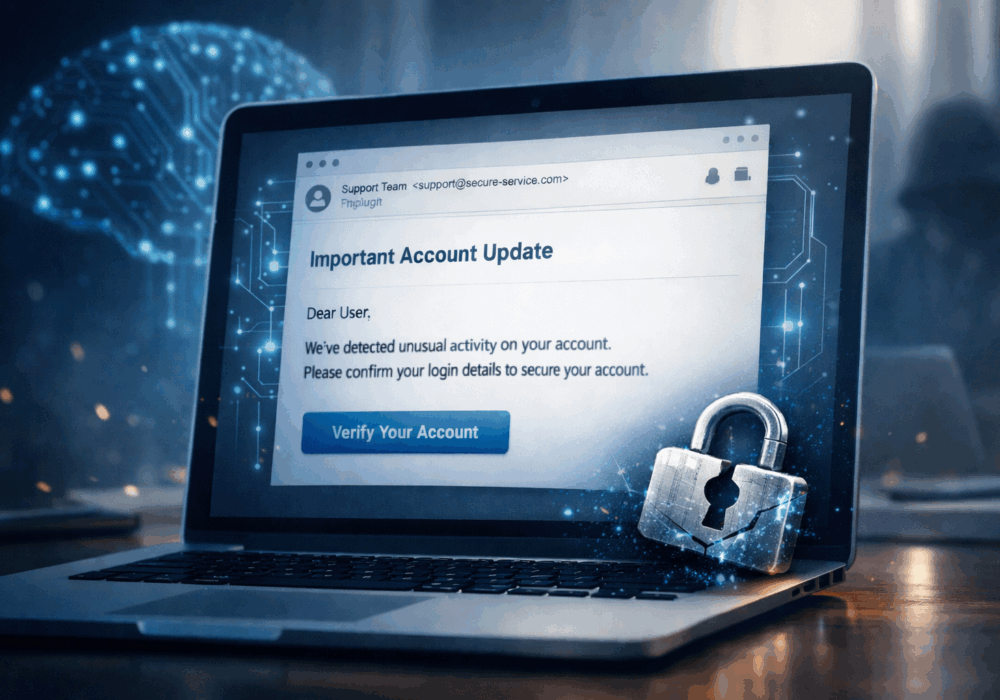
Recently, Microsoft faced a cyberattack by Russian hackers, exposing sensitive email data. This incident isn’t just a concern for large corporations. This breach also provides valuable lessons for Small to Medium-sized Businesses (SMBs) and Managed Service Providers (MSPs). Understanding this breach and all it implies will help you safeguard your MSP or SMB from the attacks you face each and every day. Let’s dive into the risks you face.
Cyberattacks are not limited to big companies. Hackers target any organization, large or small, with valuable data, cyber insurance, or financial assets to bleed dry in a ransomware attack. For SMBs and MSPs, Microsoft’s breach shows the importance of strong cybersecurity training, testing, and technology to recognizing common attack methods and techniques. These same attacks could be just social engineering with new tools. Knowing how this breach happened will help you learn how to protect yourself.
The Microsoft breach may have involved sophisticated techniques combining phishing and malware. However, it’s also possible, attackers used new malware that enables session stealing phishing attacks (Blog article explaining Evil Proxy) in the breach. Such tools are now available for sale on the dark web for anyone to purchase and use. These hacking tools work exceedingly well, leading to multiple security incidents for CyberHoot vCISOs in recent weeks! For SMBs and MSPs, this means we all must be aware that seemingly secure systems (complex passwords protected by Multi-factor authentication) can be compromised. It’s crucial to employ comprehensive security measures to educated your people (weakest link) in order to protect your organization.
This breach highlights the necessity for SMBs and MSPs to be proactive in their cybersecurity efforts. Regular patching combined with employee training and testing can help. Deploying robust cybersecurity governance policies (Password Policy, Information Handling Policy, Written Information Security Plan) and procedures (Vulnerability Alert, Security Incident Handling, Wire Transfer Process) are key to protecting your business from similar threats.
The Microsoft breach is a reminder of the constant cyber threats facing businesses. For SMBs and MSPs, it’s essential to:
By learning lessons from this breach, SMBs and MSPs can build a resilient cybersecurity posture. You simply have no choice today as business owner. You must protect yourself against the myriad of tactics and attacks that are out there. While a nation-state hackers has access to sophisticated attack tools, CyberHoot believes you’re much more likely to be breached by an old fashion social engineering based phishing attack. When such attacks are combined with new tools session stealing attacks the results can by-pass your unique passwords and Multi-factor authentication requirements leading to devastating consequences. The true fix is to teach your end users to never, ever click on malicious links.
Sources:
Fast Company Article on Microsoft Executive Email Account Breach
Discover and share the latest cybersecurity trends, tips and best practices – alongside new threats to watch out for.

Phishing emails used to be easy to spot. Bad grammar. Weird links. Obvious scams. Those days are...
Read more
Cybercriminals always follow Internet eyeballs. Not literally, but figuratively. And today's eyeballs are...
Read more
Active Attacks on Messaging Apps The Cybersecurity and Infrastructure Security Agency (CISA) recently issued...
Read moreGet sharper eyes on human risks, with the positive approach that beats traditional phish testing.
